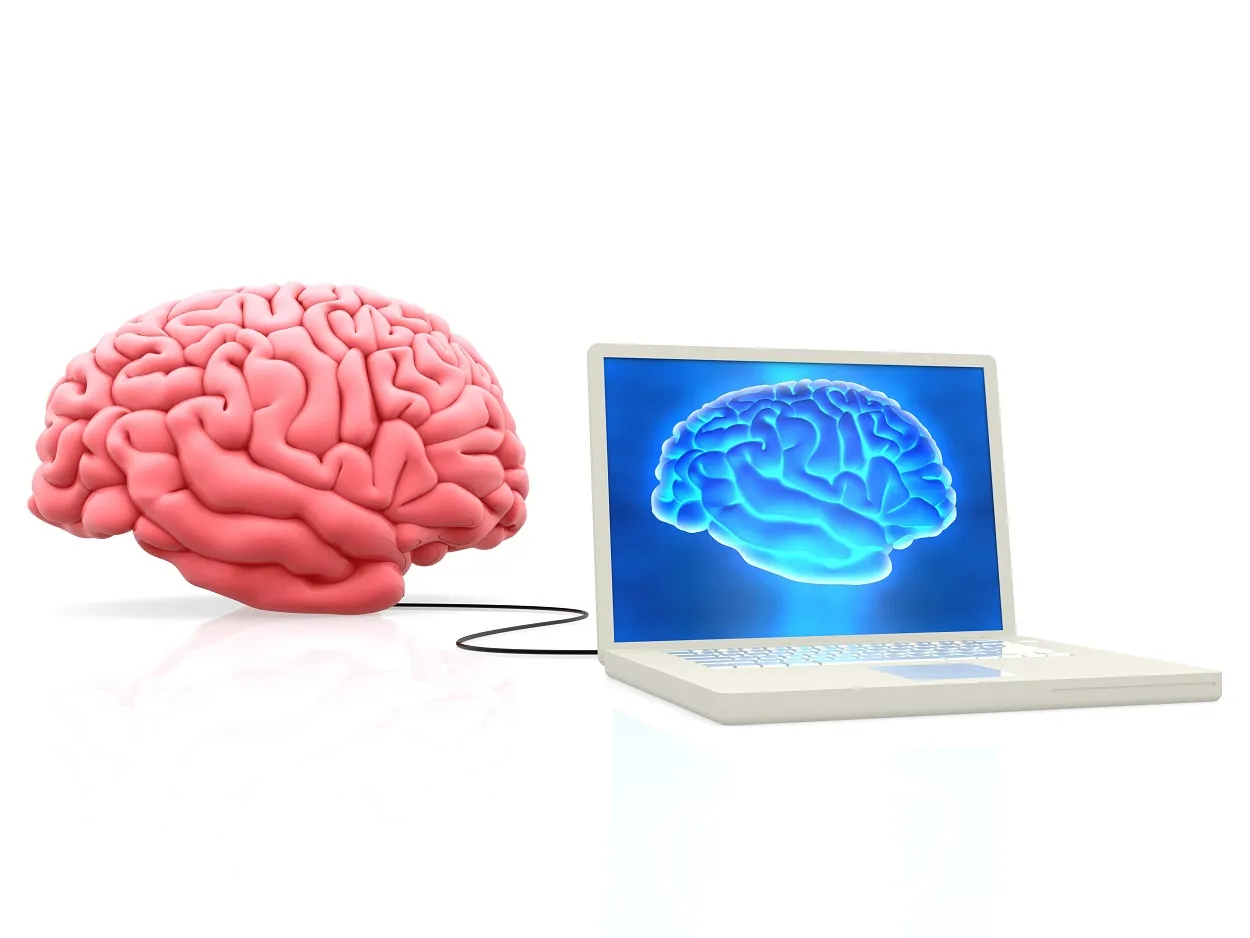Physicist Stephen Hawking suffered from a disease that progressively impaired his ability to move. This disease, called amyotrophic lateral sclerosis, kills off the specific neuronal cells that help coordinate movement. For decades he depended on caregivers, a computer for communication and his wheelchair.
In the face of these circumstances, he persisted and continued contributing to our knowledge and understanding of physics. Imagine if Hawking, and others like him, had access to technology that allowed for seamless communication with a computer.
Every year, millions of people suffer motor impairments as a result of accidents, strokes, or neurodegenerative disorders. There is a tremendous mental health impact as these people struggle with a lack of independence and difficulty with every-day tasks. Unfortunately, we lack disease-modifying treatments for many of these disorders. There’s an enormous burden on the affected individual as well as their family and caregivers.
Researchers who are interested in neuroprosthetics look towards augmenting these impairments. Even a small incremental improvement could immensely benefit millions of people. By mapping our brain activity, we could connect other technology and control it with our thoughts. These brain-computer interfaces (BCIs) are entering the very early stages of development. Early-stage clinical trials aim to augment motor ability and rehabilitation.
It’s no surprise that medical-device companies developing these interfaces, like Neuralink and Cortera Neurotechnology, capture interest from the general public as well as investors.
By 2027, the market size for BCIs is estimated to reach $3.85 billion. Scientists from the Department of Neurology at the University of California, San Francisco (UCSF) demonstrated a plug-and-play interface that allowed a paralyzed (tetraplegic) individual to control a computer cursor on a computer screen. They published their findings in Nature Biotechnology on September 7th, 2020.
To fully appreciate the impact of this technology, let’s look at how we initiate movement.
#medicine #neuroscience #technology #data-science
